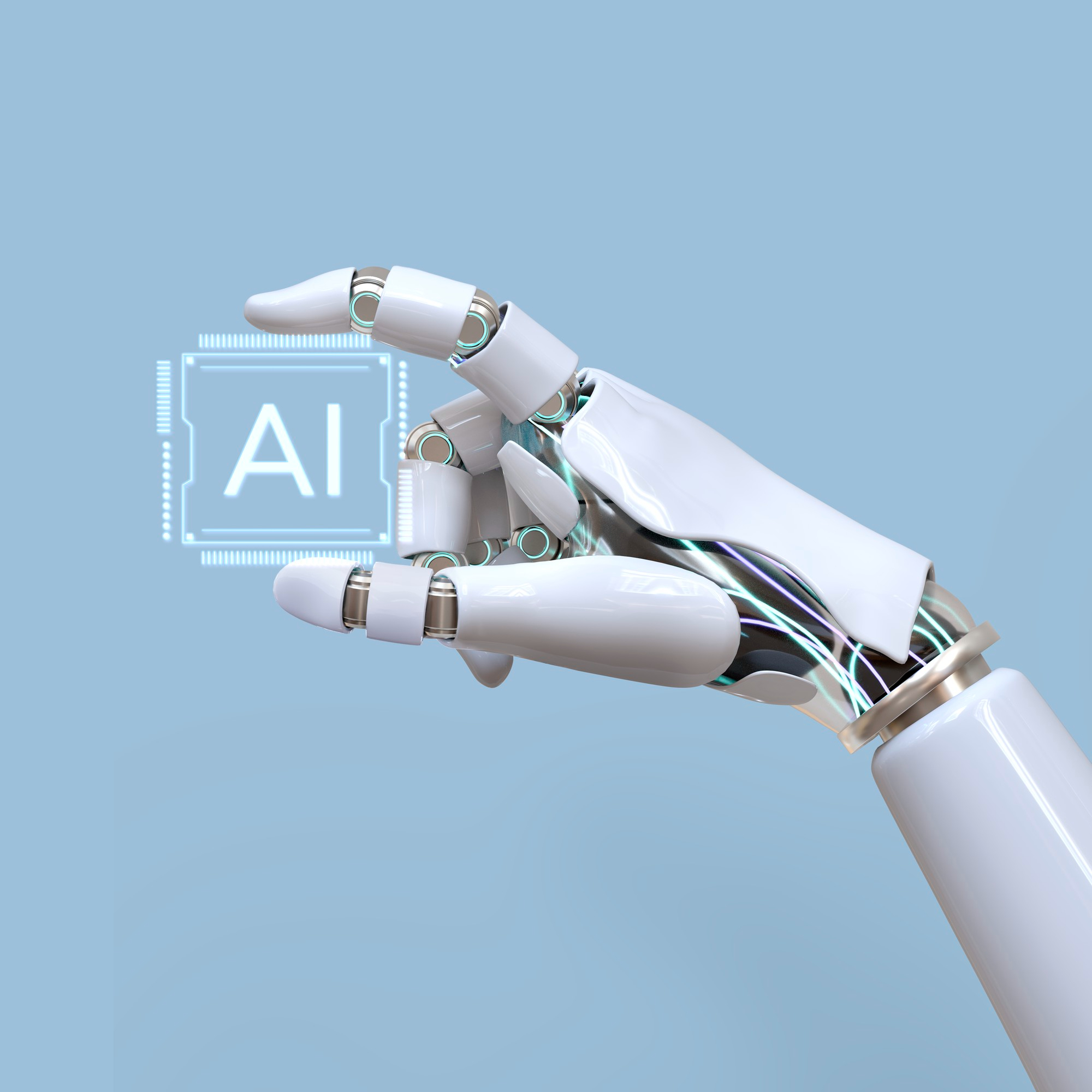Most people usually use the terms artificial intelligence (AI) and machine learning interchangeably, yet machine learning is a branch of the wider area of AI. Contextually, AI denotes to the abilities of computers to mimic human thoughts and carry out tasks within a realistic environment. On the other hand, machine learning denotes to algorithms and technologies that assist systems in the identification of patterns, making decisions, and develop themselves through data and experience. Software developers and computer programmers manipulate computers computers into conducting data analysis that assist in problem solving. Thus, they develop AI systems through the application of tools such as machine learning, neural networks, computer vision, natural language processing, and deep learning.
What is Artificial Intelligence?
Artificial intelligence (AI) refers to a large composition of tool used in enabling computers handle tasks that would otherwise need human intelligence and assume automated capacities. AI-assisted programs have the abilities of analyzing and conceptualizing data to develop information or automatically perform an action absent human touch. Currently AI is a central component most technologies in use such as smart gadgets and voice assistance tools such as Siri used on Apple devices. Companies are also applying techniques such natural language processing and computer vision, which is the ability of computers to interpret images and use human language, in the automation of tasks, enabling customer engagements with chatbots, and the acceleration of decision making.
Characteristics of an AI
l Abilities of prediction and adaptation, AI employs algorithms that determine patterns from large pools of data.
l Independent decision making, AI has the abilities to mimic human thoughts and intelligence, provide insights and thus increase productivity.
l Learning cycle, AI employs algorithms in developing analytical models. Such algorithms enable AI technologies in determining how to carry out various tasks through an infinite amount of trial and error.
l AI is transformative, AI as a tool enables the re-evaluation of data analysis and integration of information, and these insights are used in better decision making.
What is Machine Learning?
Machine learning (ML) as a term was popularised by Arthur Samuel in 1959, an AI and computer gamings pioneer. He defined ML as the“field of study that gives computers the ability to learn without being explicitly programmed.” ML is an algorithm subset which allows for the accurate and specific prediction of responses through software applications where programming is not explicitly necessary. ML is majorly concerned with the development of algorithms that have the abilities of taking in input data and also making use of statistical analysis to foretell an output while refurbishing outputs with new data. Most of ML revolves around the patterns of computer learning from available data and then using it to new data in actualized in predictions, they include the following.
l Predicting if a particular email is a spam or not by analyzing the body, subject, and sender of the email.
l Predicting if a particular credit card transaction is unscrupulous or not.
l Predicting the prognosis of a particular set of medical images.
Such classification and prediction problems dominate most of ML use today and known as as supervised learning. The names stems from the idea that the tag you are attempting to predict such as a spam or not, are said to supervise the learning process. It is important to remember that the capabilities of ML rests squarely on having quality set of data that can be used by the algorithm to learn from.
Neural Networks
Gradual innovation in the field of neural networks has been central when it comes to teaching computers how to think and gain an understanding of the world from a human perspective, while maintaining the inbuilt pros they have against us such as accuracy, lack of bias, and speed. A neural network is computer system designed to work through the classification of of information just like the human mind. Computers can learn to identify and classify images with regards to their constituents elements.
More specifically, it uses a probability system through data served to it, and has the ability of making decision, statements, and predictions with a high degree of accuracy. The inclusion of the feedback loop “allows learning” – through sensing or informing it whether the decisions made are right or wrong, thus, future decisions are eventually modified.
Applications that use machine learning can read text and determine if the writer is either lodging a complaint or just giving a congratulatory message. Such applications also have the ability of discerning between sad and happy music while also identifying other music pieces to sync with the mood in context. In other cases, they can compose their own music showcasing similar themes or same level to which they know they will be appreciated by lovers of the original piece.
ML has been has been captured by marketers as an opportunity. Given that AI has been in existence for quite a while, there is a possibility that it may be starting to perceived as a fossil technology yet we are yet to see its full potential. The excitement to “AI revolution” has been earmarked by several false starts and thus machine learning provide marketers with what is considers a new on demand product with great potentials. AI and more specifically ML has much to offer. Various industries such as manufacturing, banking, and healthcare are greatly benefiting from the automotive promise of AI. Thus, it’s crucial to note that ML and AI are lucrative and consistent products in the market.
Technologies have always anticipated the eventual development of a human-like AI. It is a fact that we are currently more than ever closer, and we are on our way to realizing that goal with an accelerating speed. The bulk of the current progress that have materialized over the years can be credited to the changes placed on AI working that has been brought up by ML.












Comments